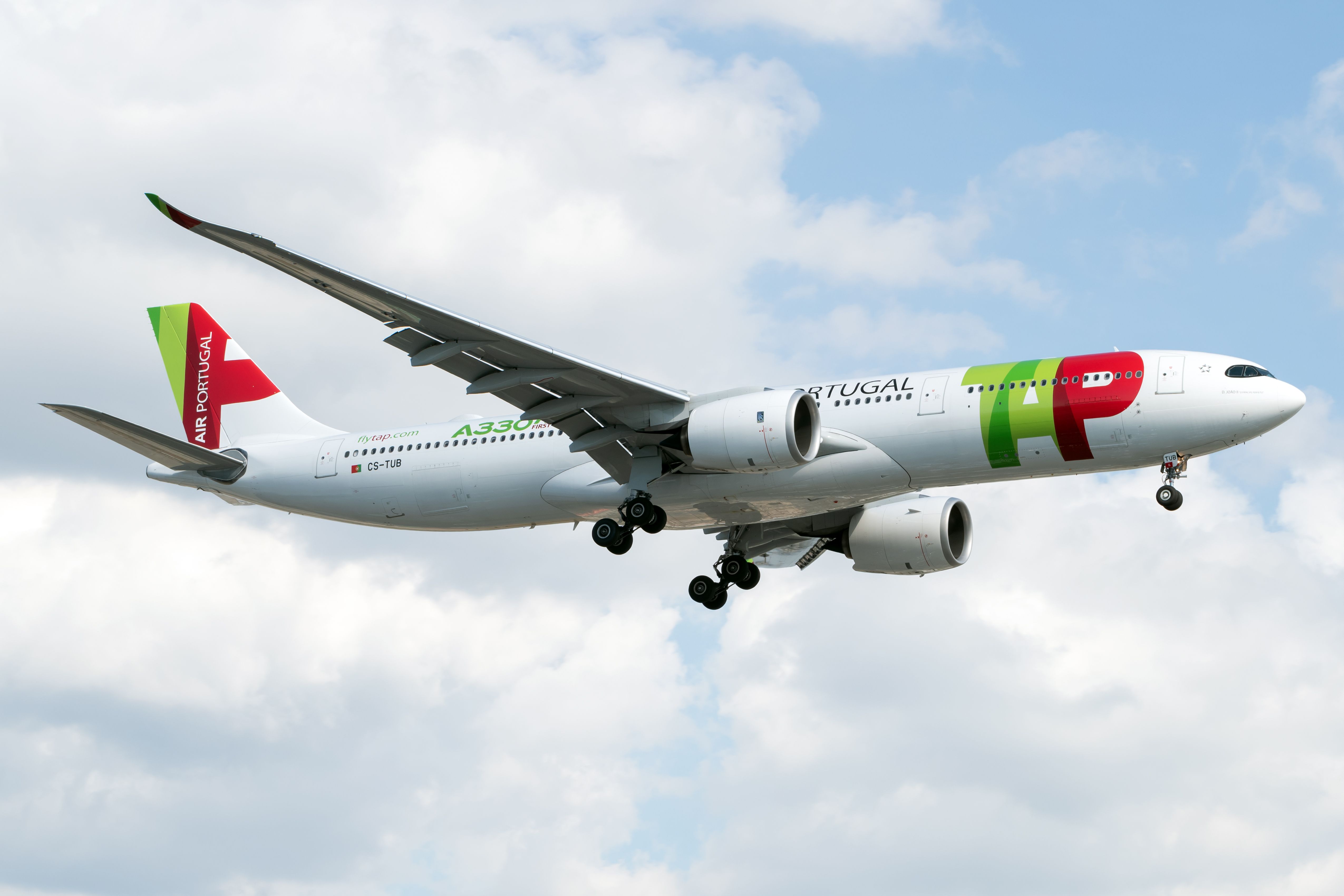Portuguese flag carrier TAP Air Portugal is a lot smaller than it used to be. In more recent times, the airline operated a small fleet of Airbus A340-300s but phased out this fleet in 2019. Decades earlier, TAP had also operated a handful of Boeing 747-200s. These days, the TAP Air Portugal mainline fleet is completely comprised of Airbus twinjets, which come from both the A320 and the A330neo families. Today, we take a closer look at this airline's fleet.
The TAP fleet at a glance
According to Planespotters.net data, the current composition of the TAP Portugal mainline fleet is as follows:
- Five A319-100s
- 15 A320-200s
- 11 A320neos
- Three A321-200s
- 20 A321neos
- Three A330-200s
- And 19 A330-900s
Interestingly, there are a number of aircraft flying TAP Air Portugal operations but are actually operated by other airlines. These include six ATR72s operated by Portuguese charter airline White Airways, and a contingent of Embraer regional jets. This includes 12 E190s and six E195s. It would appear that of these Embraer jets, 12 are operated by an airline by the name of Portugália, whose sole purpose is to operate flights for TAP Express. Thus, if we exclude these operational agreements with external carriers, the TAP mainline fleet would have a total of 76 aircraft.
Get all the latest aviation news right here on Simple Flying
All about the a320 family
As you can see from the list, the Airbus A320 family of aircraft makes up the core of the airline's short and medium-haul fleet. The A319-100s are the oldest in the family, now having an average age of about 22 years. The aircraft had initially been configured with 132 seats but were reconfigured - and presumably refurbished - in 2016 and 2017. A sad sign of the times, the cabin is now more dense, with 144 seats in a single class. As is quite standard across much of the TAP narrowbody fleet as well as with airlines across Europe, business class passengers have the middle seat blocked - a practice known as "Eurobusiness".
The older A320s have a fairly wide range when it comes to age. Some are just 11 and a half years while others are over 20. These aircraft seat a maximum of 174 passengers in a single class. This cabin density is unsurprisingly identical to TAP's A320neo configuration, although the newer A320s average just three years of age.
And finally, for the longest Airbus narrowbody, TAP's fleet of A321-200s now have an average age of about 21 years and seat up to 216 passengers in a single class. However, the A321neo jets are much younger, with an average of roughly three years. According to Planespotters.net, the A321neos, which include both the A321LR and base A321neo, actually have four different configurations:
- 216 seats in a single class
- 221 seats in a single class
- A two-class configuration, with 16 seats in premium and 182 in economy
- And a lower-density two-class layout with 16 business class seats and another 155 in economy class
While there's no distinction made on the Planespotter.net website, we can presume that the A321LRs will be the aircraft sporting the premium-heavy configurations. Interestingly, several sources note that the airline has a premium economy class but others indicate only two classes. With the exception of the A321LR, all of TAP's narrowbodies are used on services within Europe, ferrying passengers between major cities across the continent to the Portuguese cities of Lisbon and Porto.
Long-haul narrowbody services with TAP
As is a growing trend across much of the industry, TAP Air Portugal is getting in on the long-haul narrowbody game. This has been made possible with the A321LR, of which TAP has ordered 12. Interestingly, the acquisition of the A321LR made TAP the first airline to operate a combined A330neo and A321LR fleet.
Powered by CFM engines, TAP’s A321LR fleet is configured with 16 full flat seats. This premium seating allows for a comfortable long-haul business class experience, and sees the airline fly from its Lisbon hub to transatlantic destinations like Montreal and Toronto in Canada, as well as Belem and Natal in Brazil. For US operations, the A321LR can also be found flying from Lisbon to Newark Liberty and Boston. While Tel Aviv was the launch route for this new type, the airline is currently using the A320neo on the route.
As part of an Airbus press statement, the airline's CEO had the following to say:
“The A321LR is critical for TAP’s expansion plans. With its superior range we can comfortably explore markets in North America, South America and Africa from Portugal, and it’ll fit in seamlessly with our A330neos,” -Antonoaldo Neves, CEO, TAP Air Portugal
Neves added that the full flat business class and high comfort economy seats also feature a full suite of in-flight entertainment (IFE) and connectivity, as well as free messaging services.
TAP's widebody fleet
TAP Air Portugal now operates just two A330 variants: The Airbus A330-200 and the A330-900. Interestingly, just one A330-200 is deployed on regular passenger operations at the moment. The aircraft, registered CS-TOO, flies from Lisbon to destinations such as Porto Alegre, Fortaleza, Salvador and Recife. The other two A330-200 aircraft continue to operate as "preighters," or makeshift freighters which have had their passenger seating removed.
The flagship aircraft type in the TAP fleet is the Airbus A330-900. The launch customer of the A330neo, TAP took its very first A330-900 in 2018. The airline had ordered 20 of the type for its long-haul operations. However, ch-aviation.com data notes that the airline is expecting two aircraft in addition to its existing 19, making for a total of 21. All TAP A330-900s feature 298 seats in a comfortable three-class lay-out with 34 full-flat business class, 96 economy plus and 168 economy class seats. According to Airbus, the Airspace cabin configuration offers "more personal space, larger overhead storage bins, advanced cabin lighting and the latest-generation in-flight entertainment system and connectivity."
Having said goodbye to most of its A330-200 fleet between 2017 and 2020, TAP joins a handful of carriers who have chosen not to replace their -200s with the modern equivalent, which is the A330-800. Indeed, airlines like Delta Air Lines, Azul, Fiji Airways, ITA Airways, Malaysia Airlines and several others, have opted to modernize their fleets with only A330-900s. TAP has done the same, deciding that the shorter A330-800 has no place in its fleet.
Incidents involving TAP
In the past year, TAP aircraft have been involved in two interesting incidents. The first took place on Christmas Day 2021, which saw a diversion take place aboard an A321LR flying from Lisbon (Portugal) to Natal (Brazil). The aircraft had flown for approximately 90 minutes when it had to change course and land on the Island of Madeira. The cause of the diversion was a mismatch in luggage that was loaded onboard the aircraft, with a bag apparently unaccompanied by a passenger. Specific details of this incident were scarce, but it appears to be standard procedure for an unaccompanied piece of luggage to be offloaded.
The second incident took place much more recently and involved the death of a motorcyclist who happened to be on a runway at the same time as an aircraft landing. Involving flight TP1492, a TAP Airbus A320neo landed on runway 24 at Conakry’s Ahmed Sékou Touré International Airport at around 23:40 on the night of September 2nd. While the aircraft was still on the runway, its right engine collided with a motorcycle that was crossing the runway at that time. Both riders on the motorcycle were unfortunately killed, and the driver is believed to have been identified as a security officer at the airport.
Beyond the victims outside the aircraft, the aircraft’s engine suffered significant damage.
No more A340s
In 2019, TAP completely phased out its Airbus A340-300 fleet. The carrier had operated four of the type, which had begun operations with the airline between late 1994 and mid-1995. Preferring to move to more efficient twinjets for its long-haul operations, the airline removed the A340s from service between late September and late October. The airline noted that these quadjets had collectively operated over 63,000 flights, transporting more than 12 million passengers. With over 55 destinations served, the A340 served cities like Luanda, Maputo, Newark, Rio de Janiero, and Sao Paulo.
Ultimately, it looks like TAP is reaching the end of its fleet modernization process. While other carriers have large orders of new aircraft on the horizon, TAP appears to be wrapping up its outstanding aircraft orders. Considering its choice of aircraft, it's clear that TAP is seeking maximum operational efficiency, since using an all-Airbus fleet will take advantage of efficiencies with maintenance, repairs, and training. Additionally, the decision to operate neo aircraft will equate to a lower carbon footprint with lower fuel burn.
What do you think of the composition of TAP Air Portugal's fleet? Have you flown with this airline before? Share your thoughts and experiences by leaving a comment!
Sources: Planespotters.net, FlightRadar24.com

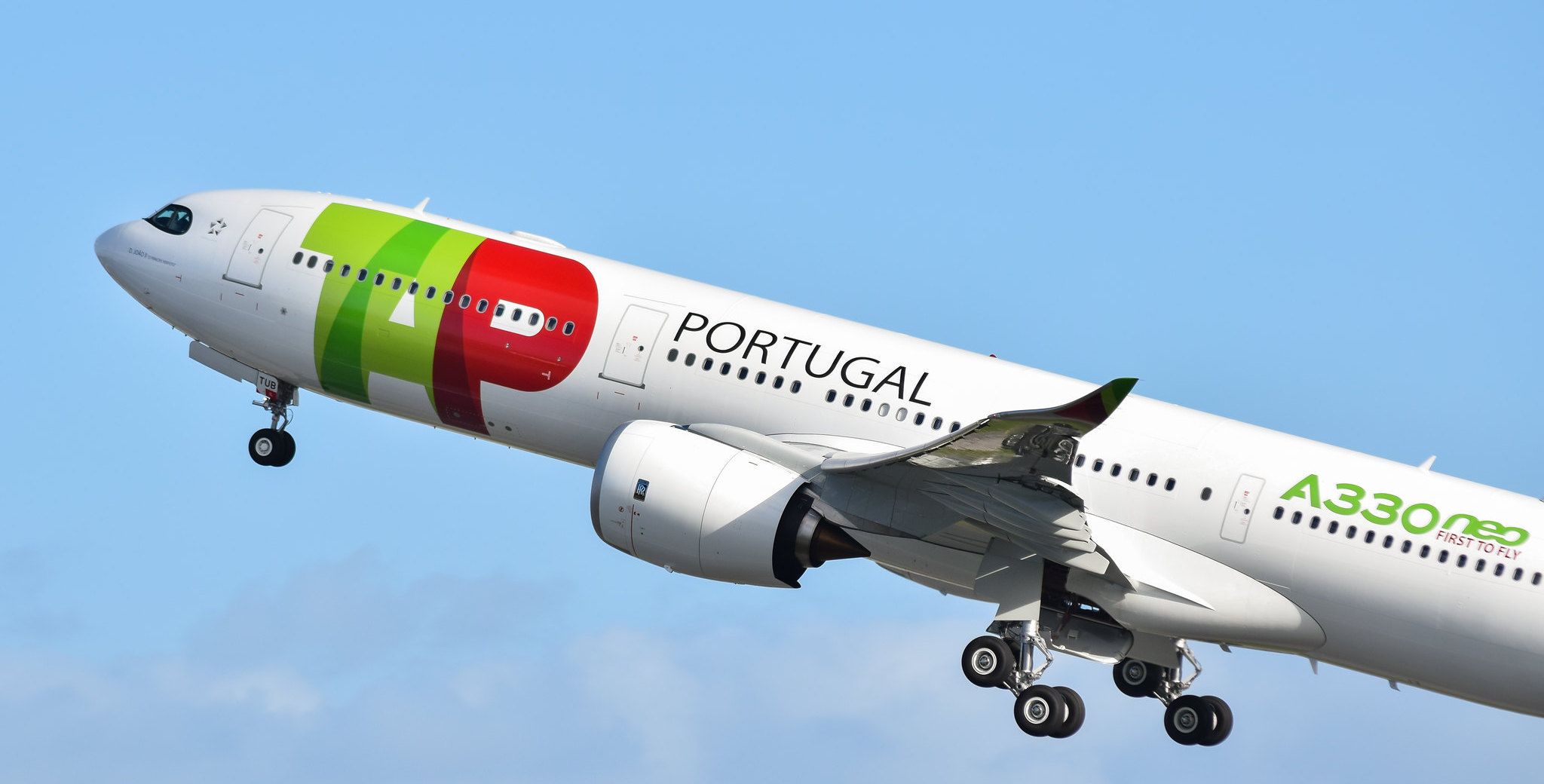
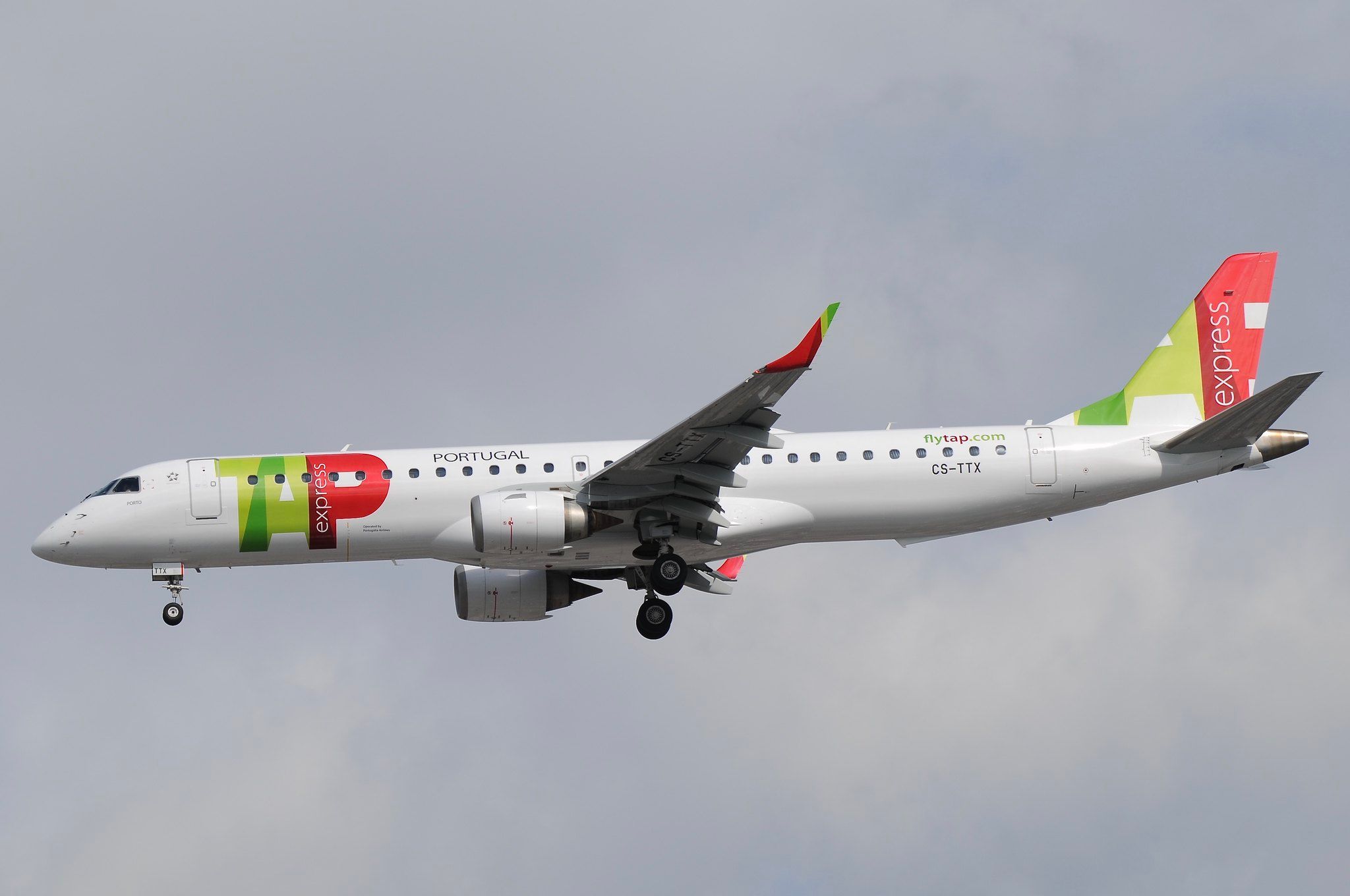
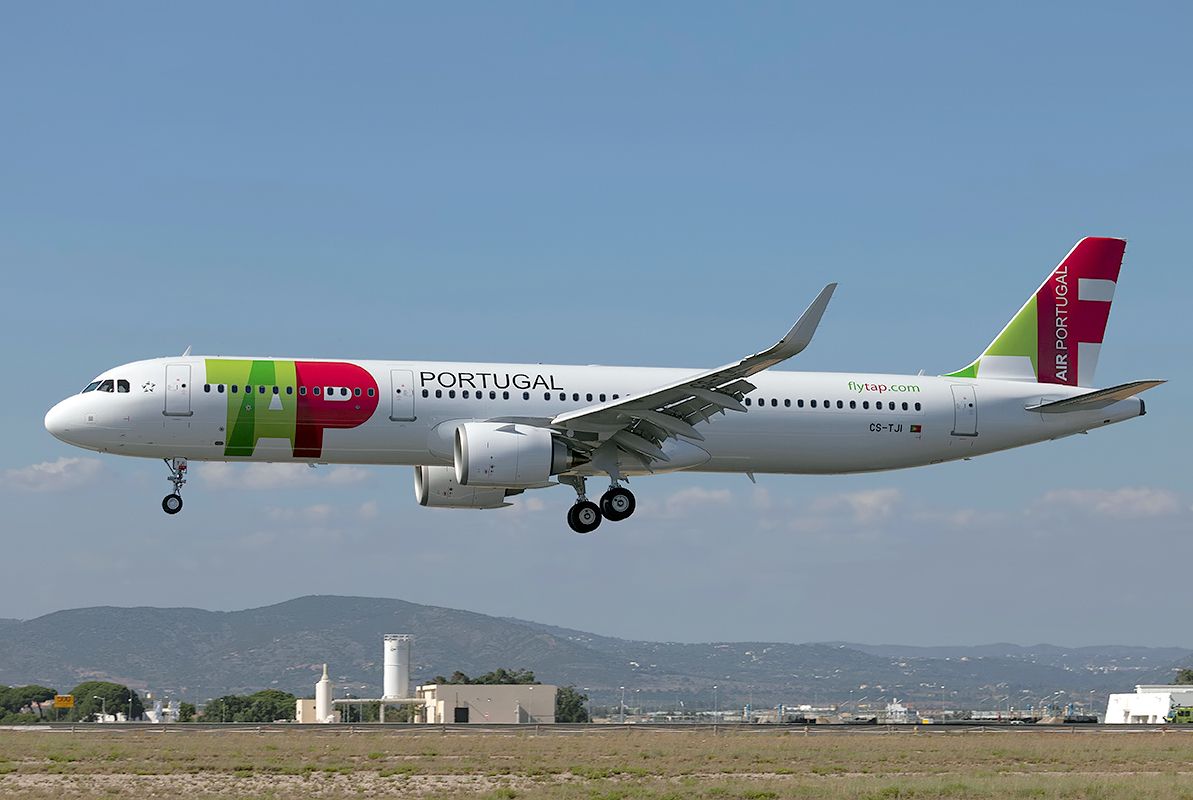
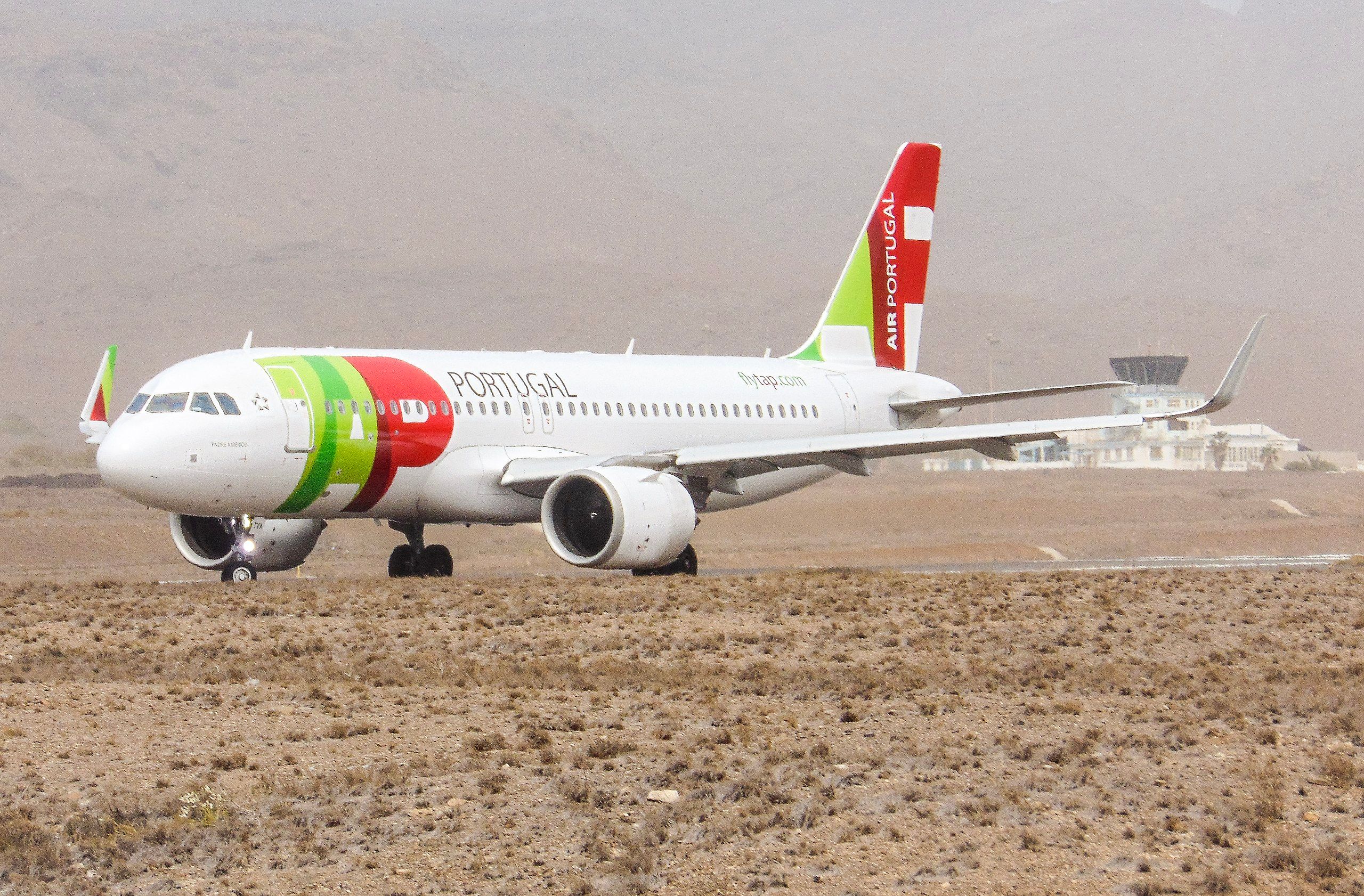
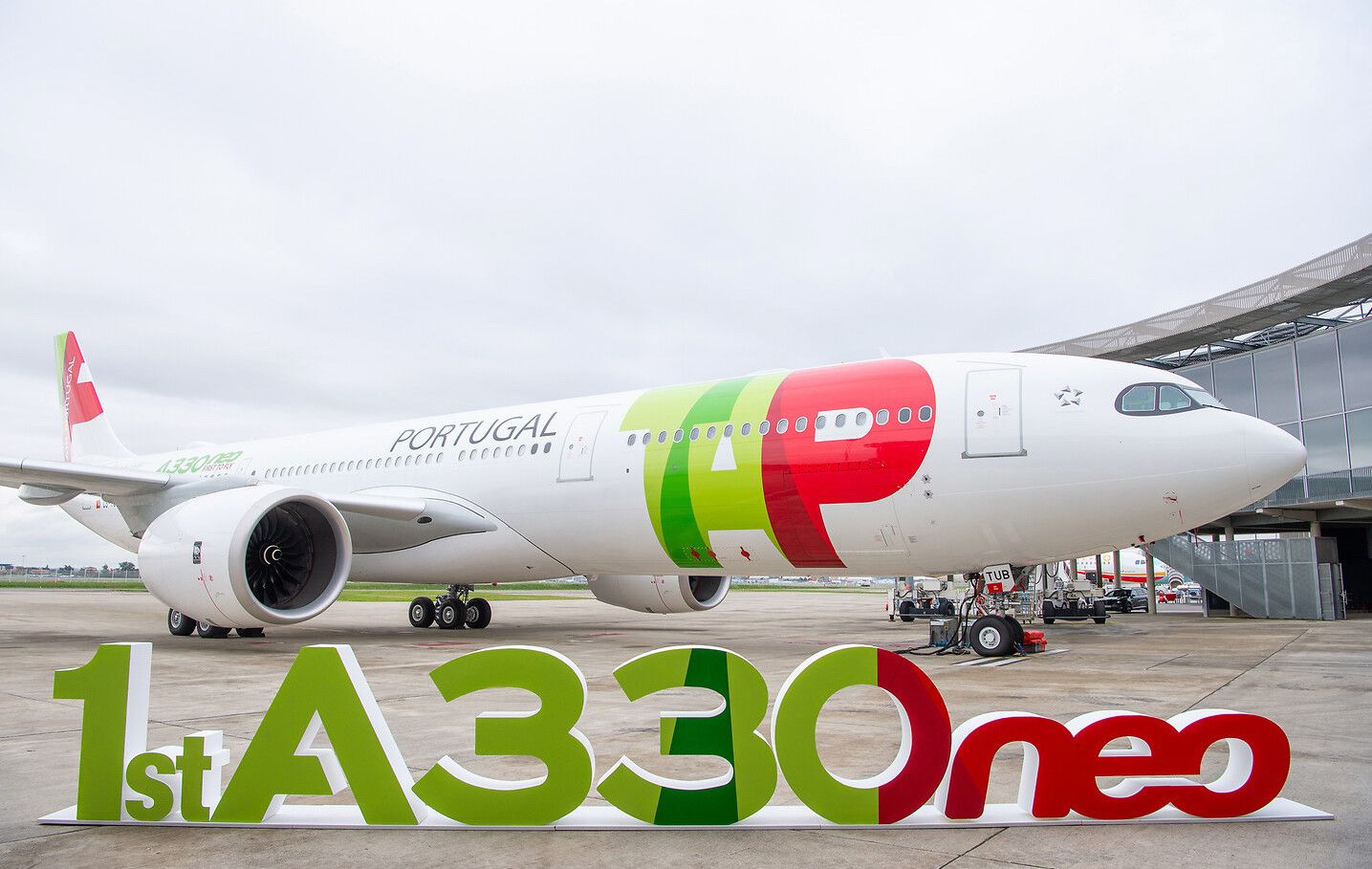
.jpeg)
